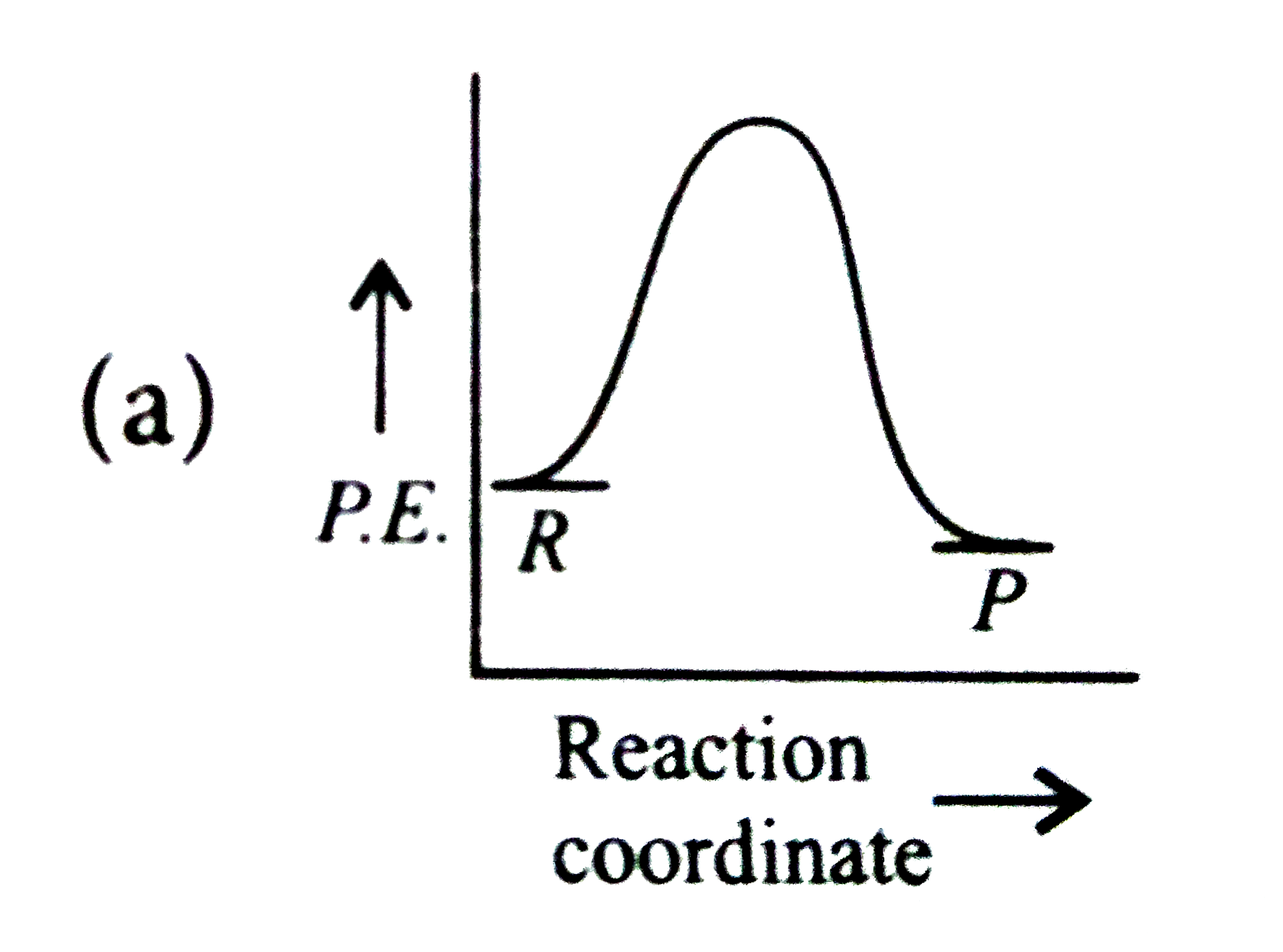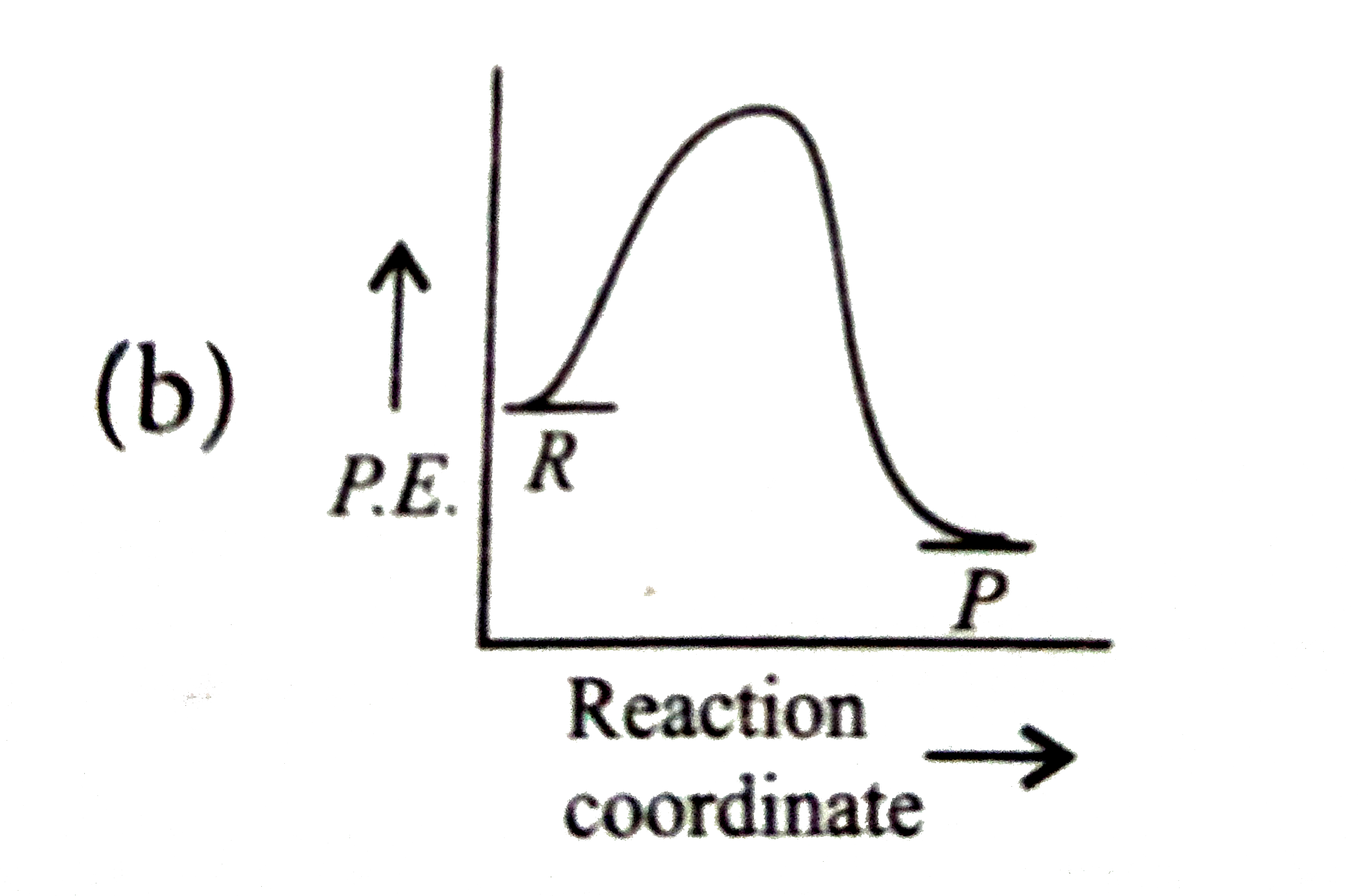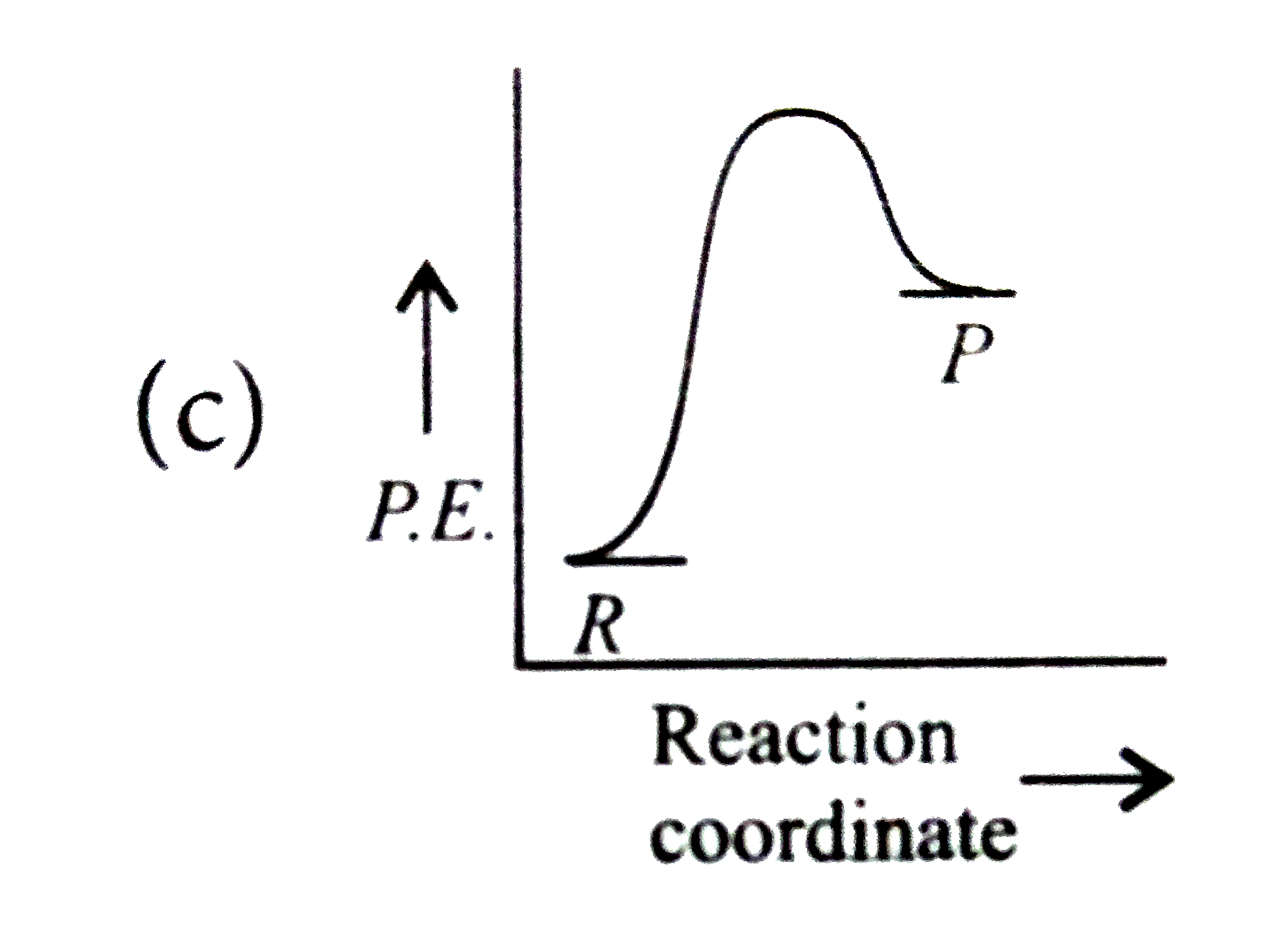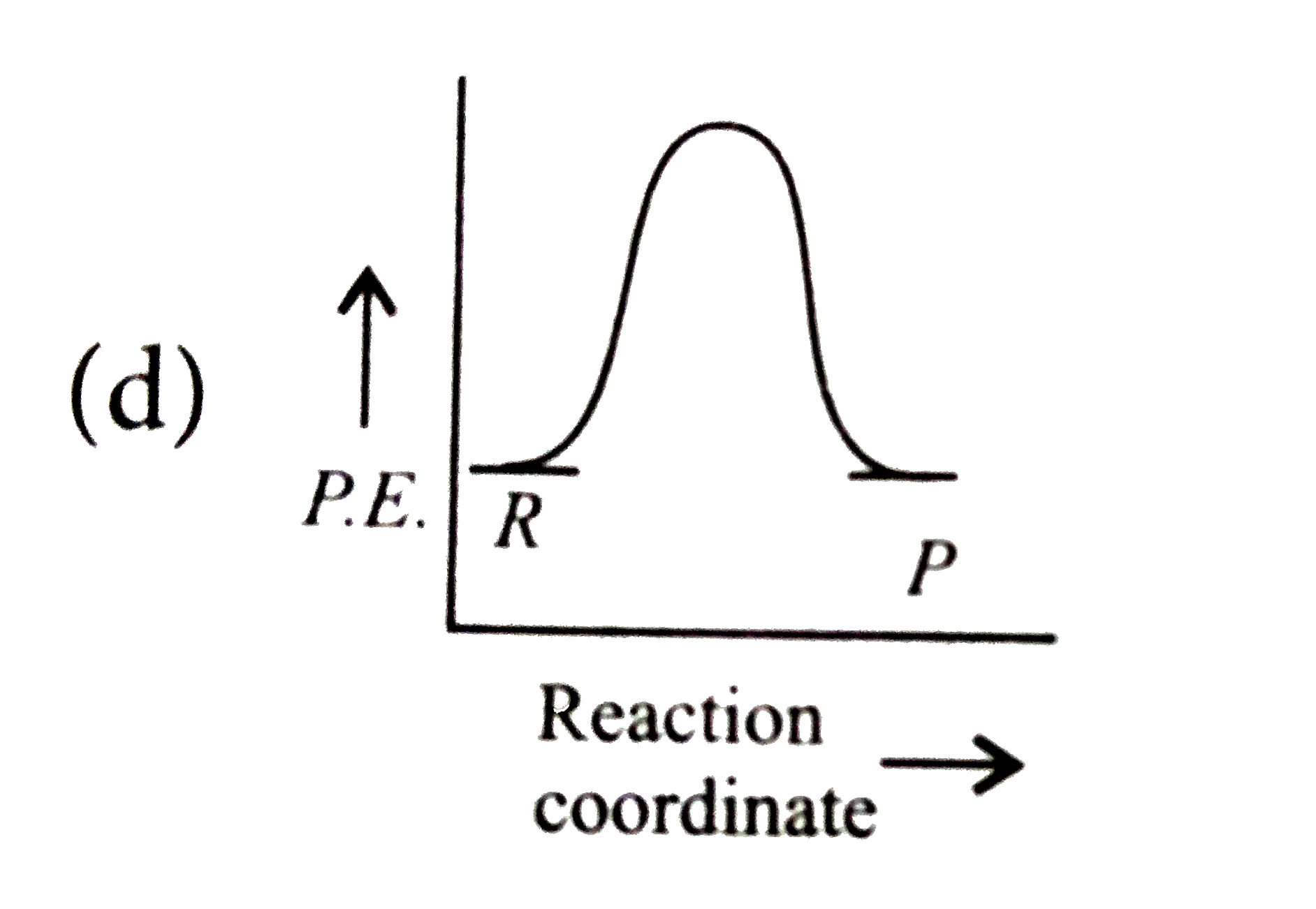Assertion(A): The pressence of a catalyst increases the speed of the forward and backward reactions to the same extent.
Reason(R): Activation energy for both the forward and backward reactions is lowered to same extent.
If both (A) and (R) are correct, and (R) is the correct explanation of (A)
If both (A) and (R) are correct, but (R) is the correct explanation of (A).
If (A) is correct, but (R) is incorrect.
If (A) is incorrect, but (R) is correct. S
The correct Answer is:A
To solve the question, we need to analyze the assertion and reason provided regarding the effect of a catalyst on the speed of reactions.
1. Understanding the Assertion (A):
- The assertion states that the presence of a catalyst increases the speed of both the forward and backward reactions to the same extent.
- This means that a catalyst does not favor one direction of the reaction over the other; it accelerates both processes equally.
2. Understanding the Reason (R):
- The reason provided states that the activation energy for both the forward and backward reactions is lowered to the same extent by the catalyst.
- A catalyst works by providing an alternative reaction pathway with a lower activation energy, which applies equally to both the forward and backward reactions.
3. Analyzing the Role of a Catalyst:
- A catalyst does not change the overall energy change (ΔE) of the reaction; it only lowers the activation energy (Ea) required for the reaction to proceed.
- Since the catalyst lowers the activation energy for both the forward and backward reactions equally, the rates of these reactions are increased to the same extent.
4. Conclusion:
- Both the assertion and the reason are correct.
- The reason correctly explains why the assertion is true, as the catalyst lowers the activation energy for both reactions equally.
5. Final Answer:
- Therefore, the correct option is that both the assertion and reason are true, and the reason is the correct explanation of the assertion.
- The assertion states that the presence of a catalyst increases the speed of both the forward and backward reactions to the same extent.
- This means that a catalyst does not favor one direction of the reaction over the other; it accelerates both processes equally.
- The reason provided states that the activation energy for both the forward and backward reactions is lowered to the same extent by the catalyst.
- A catalyst works by providing an alternative reaction pathway with a lower activation energy, which applies equally to both the forward and backward reactions.
- A catalyst does not change the overall energy change (ΔE) of the reaction; it only lowers the activation energy (Ea) required for the reaction to proceed.
- Since the catalyst lowers the activation energy for both the forward and backward reactions equally, the rates of these reactions are increased to the same extent.
- Both the assertion and the reason are correct.
- The reason correctly explains why the assertion is true, as the catalyst lowers the activation energy for both reactions equally.
- Therefore, the correct option is that both the assertion and reason are true, and the reason is the correct explanation of the assertion.
Topper's Solved these Questions
- SURFACE CHEMISTRYBOOK - CENGAGE CHEMISTRY ENGLISHCHAPTER - SURFACE CHEMISTRYEXERCISE - Exercises Interger
8 Videos
- SURFACE CHEMISTRYBOOK - CENGAGE CHEMISTRY ENGLISHCHAPTER - SURFACE CHEMISTRYEXERCISE - Exercises Fill In The Blanks
37 Videos
- SURFACE CHEMISTRYBOOK - CENGAGE CHEMISTRY ENGLISHCHAPTER - SURFACE CHEMISTRYEXERCISE - Single Correct Answer Type
2 Videos
- SOLUTIONSBOOK - CENGAGE CHEMISTRY ENGLISHCHAPTER - SOLUTIONSEXERCISE - Ex 2.3 (Objective)
9 Videos
- SYNTHETIC AND NATURAL POLYMERSBOOK - CENGAGE CHEMISTRY ENGLISHCHAPTER - SYNTHETIC AND NATURAL POLYMERSEXERCISE - Exercises Assertion Reasoning
10 Videos
Similar Questions
Knowledge Check
An endothermic reaction with high activation energy for the forward reaction is given by the diagram
A B
B C
C D
D
If Ef and Er are the activation energies of forward and backward reactions and the reaction is known to be exothermic, then
View SolutionA poistive catalyst increases the activation energy of the reaction.
View SolutionAssertion (A) : A catalyst does not influences the values of equilibrium constant
Reason (R) : Catalyst influences the rate of both forward and backward reactions equally.
View SolutionWhich of the following is definitely true, if for a reaction activation energies of forward and backward reactions are equal?
View SolutionGiven that the normal energy of the reactant and produce are 40J and 20 J respectively and threshold energy of the uncatalysed reaction is 120 J.If the rate of uncatalysed reaction at 400 K becomes equal to the rate of catalysed reaction at 300 K, then what will be the activation energy of the catalysed forward and backward reactions respectively ?
View SolutionEnergy of activation of forward and backward reaction are equal in case (numerical calues) where
View SolutionA reaction having equal energies of activation for forward and reverse reactions has
View Solution
